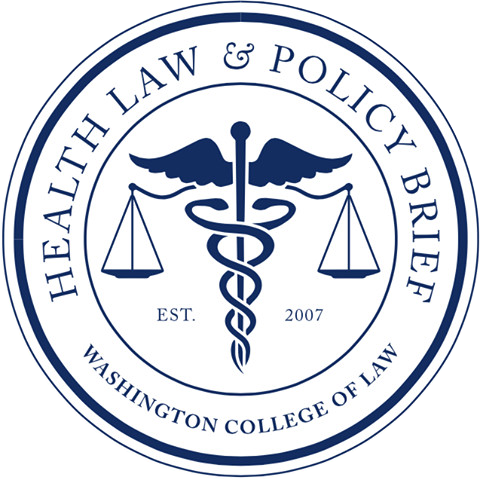On October 10, 2013, the House Committee on Veterans’ Affairs’ Subcommittee on Health held a hearing on the topic of the “VA’s [Veteran Affairs] Skyrocketing Use of Prescription Painkillers to Treat Veterans.” The committee called on doctors, military personnel, family, and government officials to learn more about the alarming increase of prescriptions to veterans by VA hospitals and its effect on patients.
The problem has been dramatically increasing since September 11, 2001, as a wave of new veterans returned home from the multiple theaters of the War on Terror. The Center for Investigative Reporting has found that prescriptions of four drugs – hydrocodone, oxycodone, methadone, and morphine – have been prescribed 270% more over the past 12 years and contributed to a fatal overdose rate of double the national average among VA patients. In addition, a study by the San Francisco VA Medical Center found that patients with PTSD and depression were more likely to receive higher-dose opioid prescriptions, 2 or more opioids concurrently, sedative hypnotics concurrently with other opioids, or obtain early opioid refills. This is despite the fact that opioids can hinder recovery from PTSD and other mental health conditions.
One contributing factor is the sheer number of patients, therefore limiting the amount of doctor-patient time that would otherwise be afforded in VA hospitals. Josh Renschler, Sergeant US Army (Ret.), spoke at the hearing about how his primary care VA appointments would sometimes be 3 months apart despite the pain from a mortar attack in 2008 being “wildly out of control.” Between appointments, the only care he could receive was increased prescriptions, causing him to take up to 12 pills a day, some of which were prescribed simply to counteract the effects of others. Another contributing factor to the increase in opiate prescriptions is veterans’ limited access to help outside the VA. A submission to the hearing by the Iraq and Afghanistan Veterans of America (IAVA) noted that some barriers to treating chronic pain included “formulary barriers, inability to access state prescription monitoring programs (which would allow [medical personnel] to see if patients have previously been prescribed controlled medications like opioids), and barrier[s] to consulting with experts outside of the VA.”
In some cases, doctors do not want to prescribe opioids, but are forced to by the hospital administration. One doctor at the subcommittee hearing, Dr. Pamela J. Gray, recounted that she was forced to prescribe opioids against her better judgment. She was hired by the VA Medical Center in Hampton, Virginia where she was forced into a “pain specialist” role even though she had no prior specialized training. She explained that she dealt with difficult pain patients with “large doses of Schedule II narcotics.” (Schedule II narcotics are those with medical benefits that otherwise have a high risk of abuse and dependency.) When she attempted to move away from opioid prescriptions, she received pressure from service chiefs, nurses, the Chief of Medicine at the hospital, and even non-medical personnel such as patient care advocates and administrative assistants to keep her prescription rates steady. Her continued efforts to reduce prescriptions and even to help patients seek mental health consultations eventually cost Dr. Gray her job.
The VA is aware of the problem and working towards a solution. In 2009 it implemented VHA [Veteran’s Health Administration] Directive 2009-053 which, among other things, provided a plan to treat pain in VA patients. The plan included behavioral and mental health monitoring, physical rehabilitation, use of advanced diagnostic services, seeking of specialty consultations, and monitoring effectiveness of prescribed drugs to determine if they should continue to be used. However, despite recognizing the severity of the problem and that more complex treatments are needed, prescriptions continued to rise.
